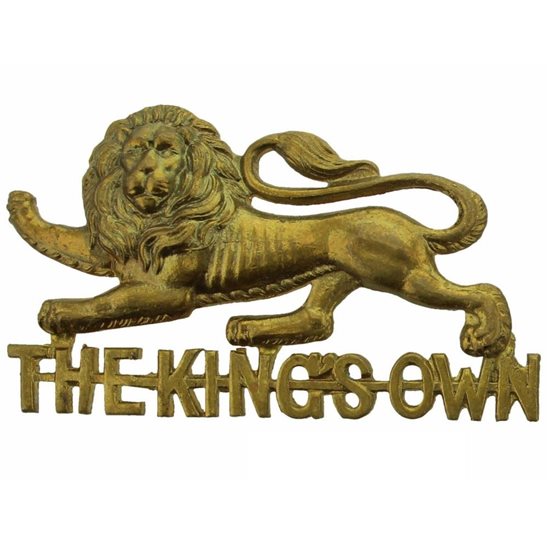Personal Details
Born: 6 October 1888.
Family: The second son of Charles and Susanna Fowles of 8 Newtown Street, Whitchurch, Shropshire. Leonard married Ellen H Young in 1920 and together they had 3 children – Eileen M, John C and Ellen M.
Civilian Occupation: At the time of enlisting he was employed as a bread baker. In 1939 he was employed as a bricklayers labourer.
Residence: In 1939 he was living at 4 Scotland Street, Whitchurch.
Died: In December 1951 aged 63.
Military Details
Regiment: King’s Own (Royal Lancaster) Regiment (previously Cheshire Regiment, Welsh Regiment and Loyal North Lancaster Regiment)
Rank: Private
Service Number: 30834 (previously 54357, 43628 and 55371)
Date of Enlistment: 2 August 1916
Date of Discharge: 24 October 1919
Reason for Discharge: Demobilisation
Other Information: Charles was posted to France on 26 December 1916 and received gunshot wounds to both thighs on 27 August 1917. He was invalided back to England on 9 September 1917.
George was awarded the Campaign Medals (British War Medal, and Victory Medal).

The British War Medal (also known as 'Squeak') was a silver or bronze medal awarded to officers and men of the British and Imperial Forces who either entered a theatre of war or entered service overseas between 5th August 1914 and 11th November 1918 inclusive. This was later extended to services in Russia, Siberia and some other areas in 1919 and 1920. Approximately 6.5 million British War Medals were issued. Approximately 6.4 million of these were the silver versions of this medal. Around 110,000 of a bronze version were issued mainly to Chinese, Maltese and Indian Labour Corps. The front (obv or obverse) of the medal depicts the head of George V. The recipient's service number, rank, name and unit was impressed on the rim.
The Allied Victory Medal (also known as 'Wilfred') was issued by each of the allies. It was decided that each of the allies should each issue their own bronze victory medal with a similar design, similar equivalent wording and identical ribbon. The British medal was designed by W. McMillan. The front depicts a winged classical figure representing victory. Approximately 5.7 million victory medals were issued. Interestingly, eligibility for this medal was more restrictive and not everyone who received the British War Medal ('Squeak') also received the Victory Medal ('Wilfred'). However, in general, all recipients of 'Wilfred' also received 'Squeak' and all recipients of The 1914 Star or The 1914/1915 Star (also known as 'Pip') also received both 'Squeak' and 'Wilfred'. The recipient's service number, rank, name and unit was impressed on the rim.

